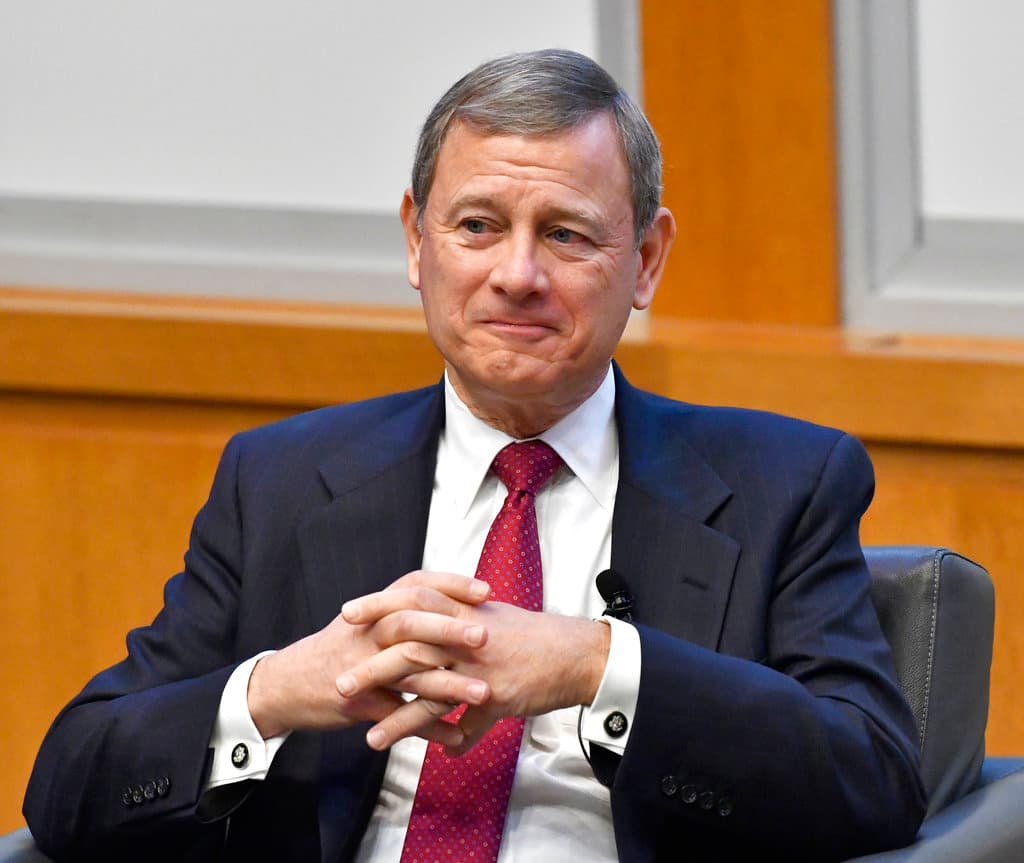Invitation to a Hanging
Chairman Durbin’s invitation to the Chief Justice to testify before the Judiciary Committee is a proposal whose time has not yet — and may never — come.

The invitation — summoning could be the better word — of the Chief Justice of the United States by the chairman of the Judiciary Committee, Senator Durbin, strikes us as a proposal whose time has not yet — and may never — come. The Illinois Democrat wants him to show up in the busiest weeks of the term for a hearing on “ethical rules that govern the Justices of the Supreme Court and potential reforms to those rules.”
Please check your email.
A verification code has been sent to
Didn't get a code? Click to resend.
To continue reading, please select:
Enter your email to read for FREE
Get 1 FREE article
Join the Sun for a PENNY A DAY
$0.01/day for 60 days
Cancel anytime
100% ad free experience
Unlimited article and commenting access
Full annual dues ($120) billed after 60 days

